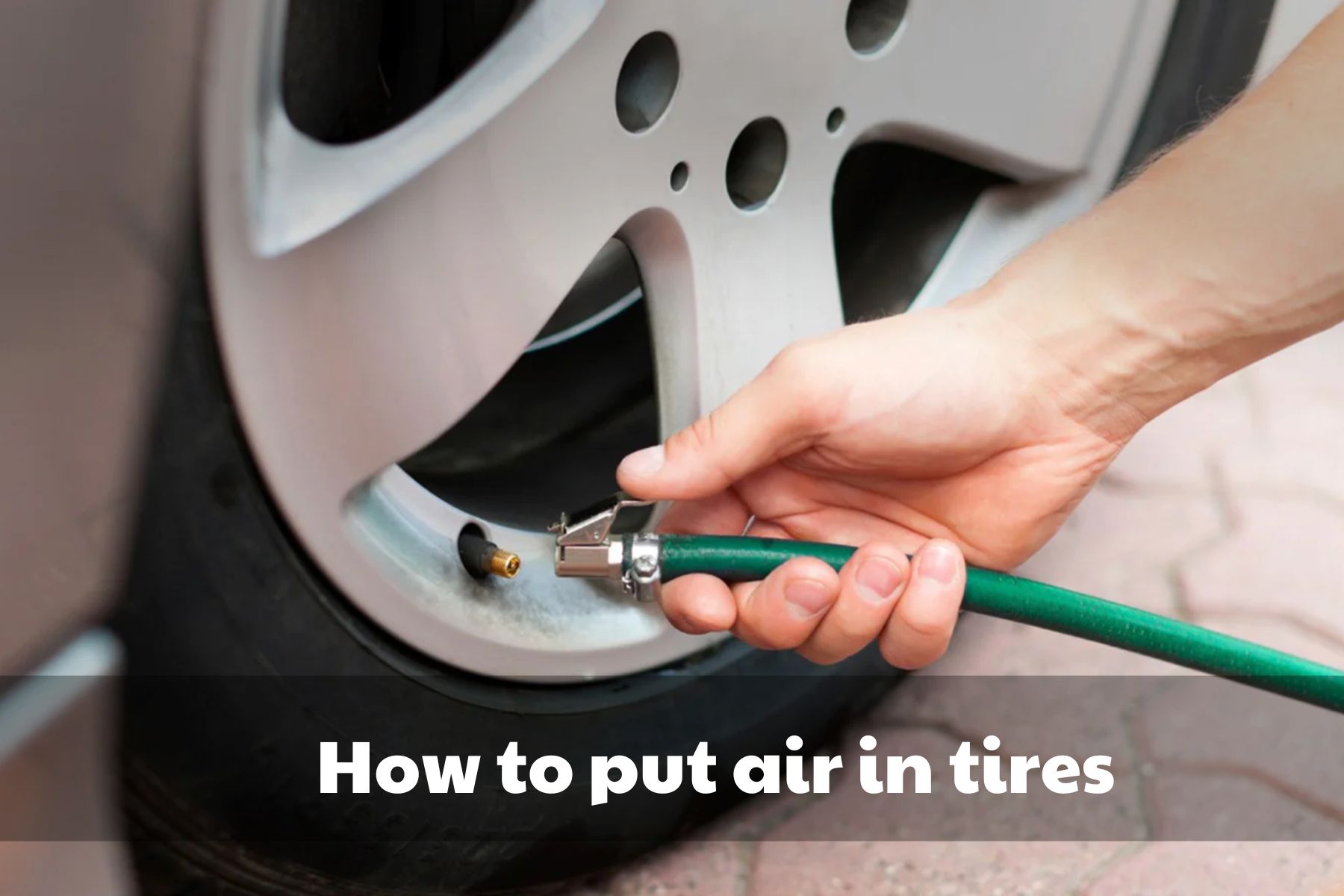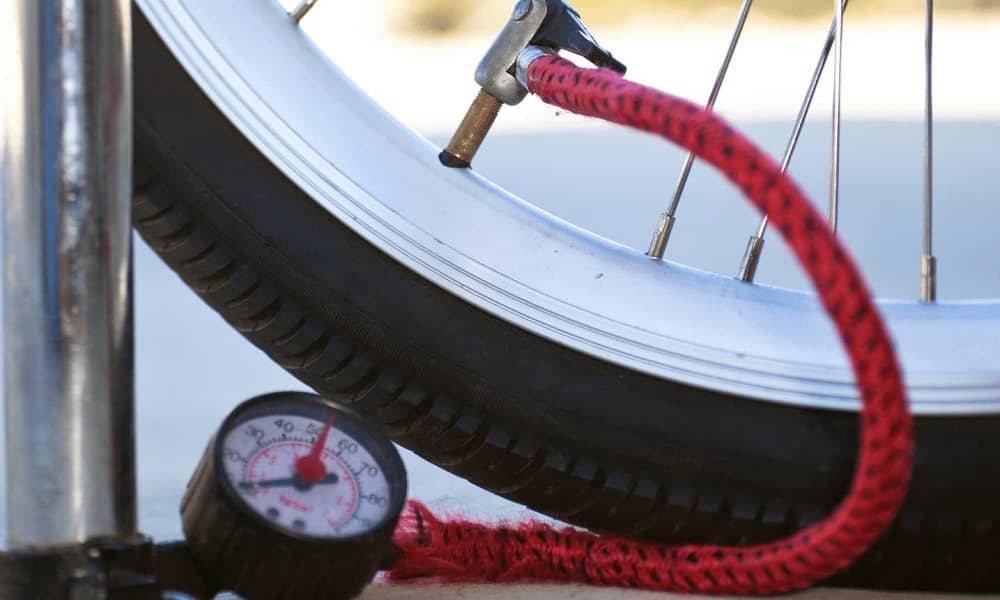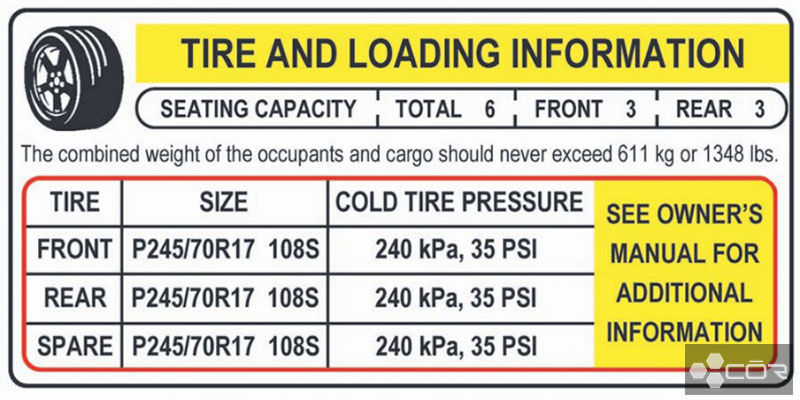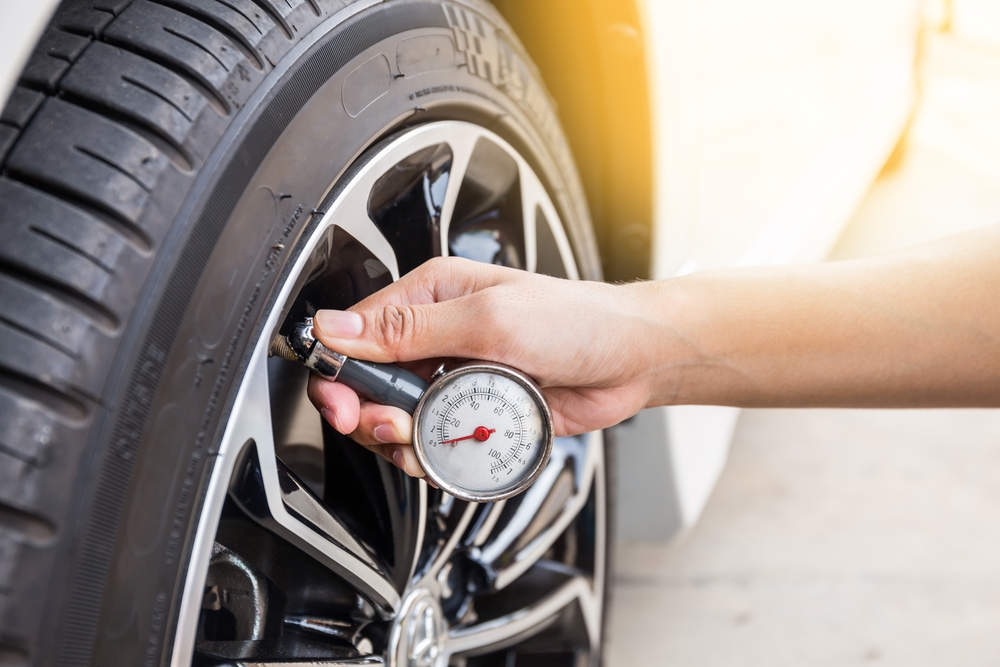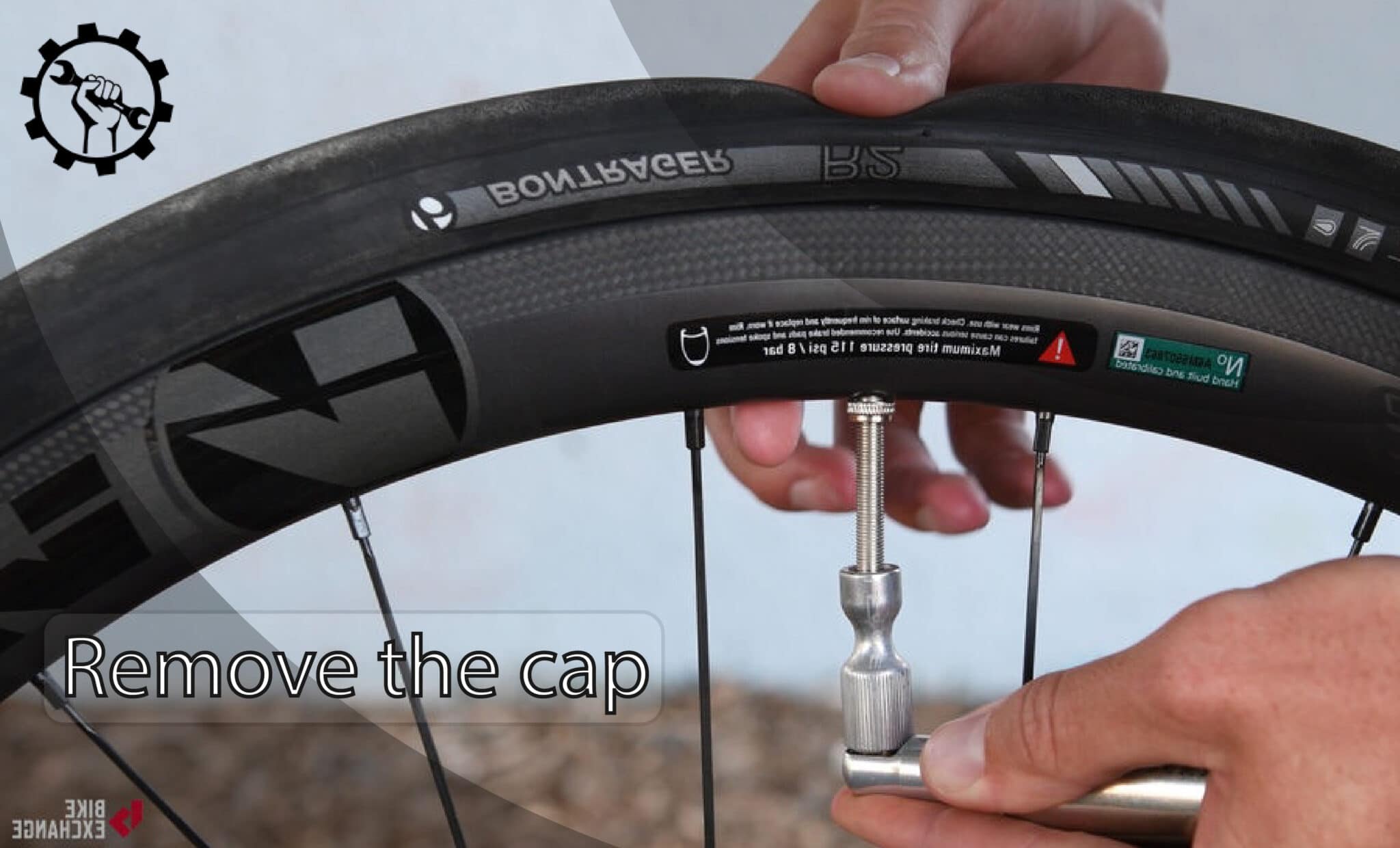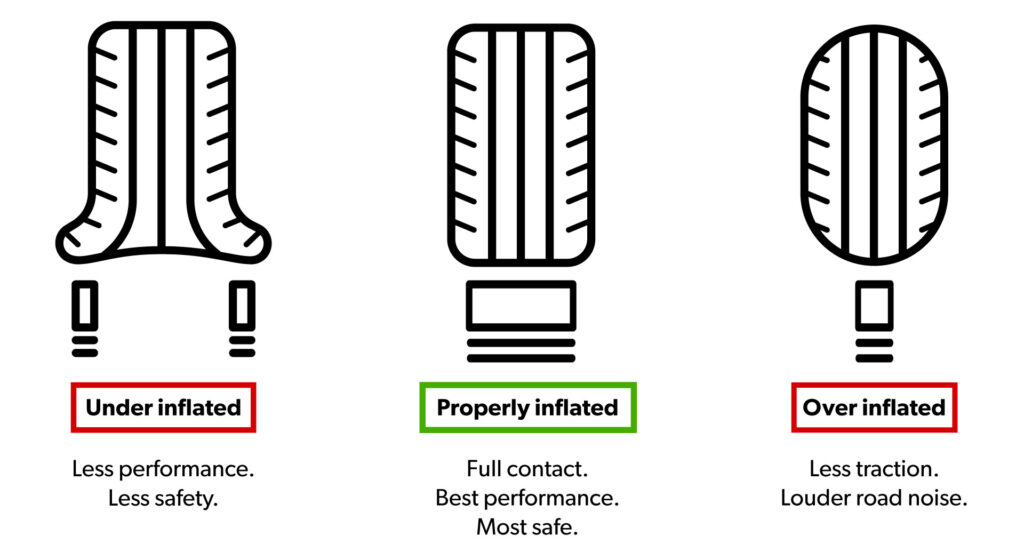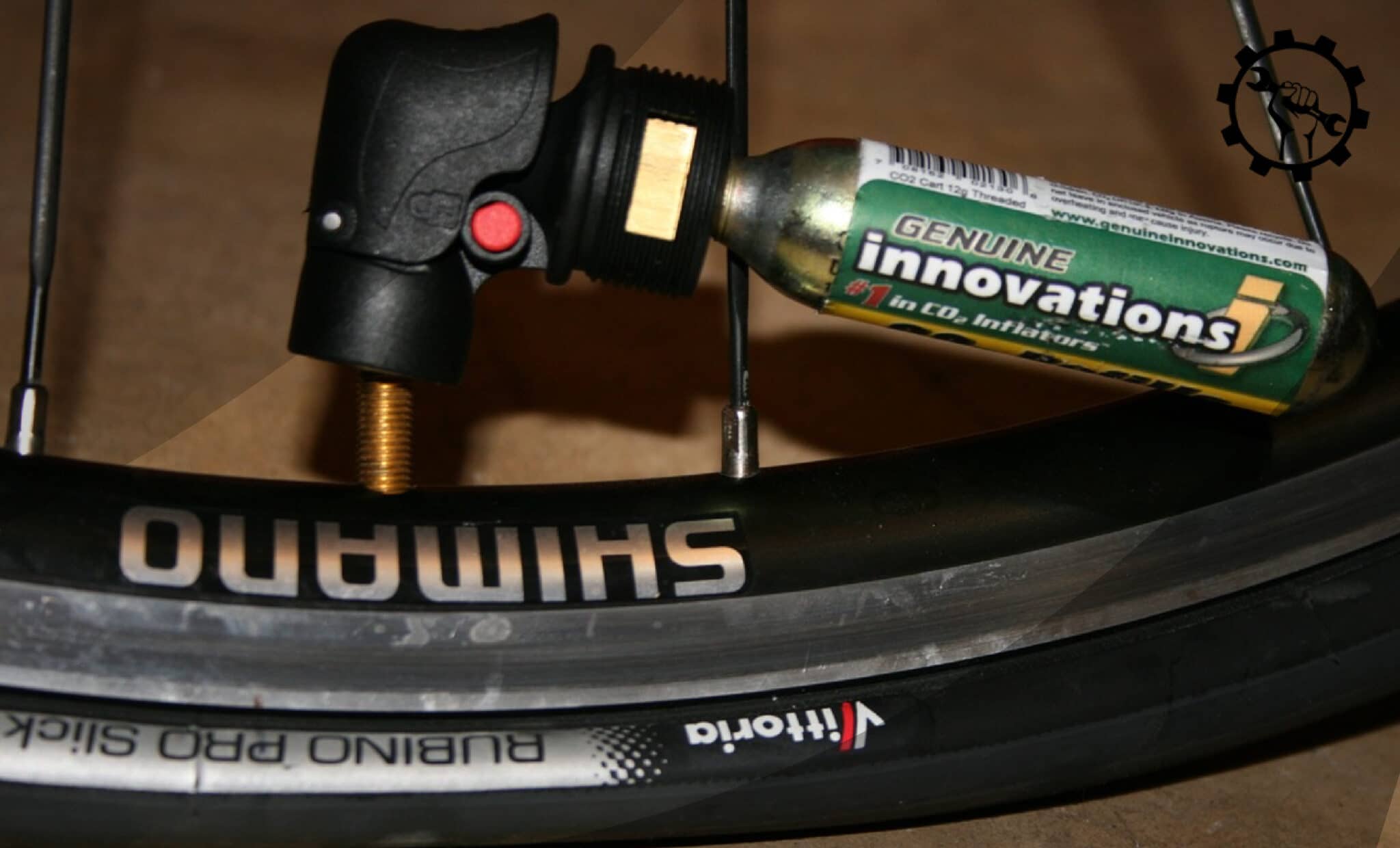The Importance of Proper Tire Pressure
Maintaining optimal tire pressure is crucial for a safe and enjoyable riding experience. When learning how to put air in bike tires, it’s essential to understand the significance of proper tire pressure. Properly inflated tires can improve safety by reducing the risk of tire blowouts, which can lead to accidents and injuries. Additionally, correct tire pressure can enhance fuel efficiency, as under-inflated tires can increase rolling resistance, causing your bike to consume more energy. Furthermore, optimal tire pressure can also improve the overall riding experience by providing a smoother ride, better handling, and increased tire longevity. By ensuring proper tire pressure, riders can enjoy a more comfortable and efficient ride, while also reducing the risk of tire-related issues.
Choosing the Right Pump for the Job
When it comes to learning how to put air in bike tires, having the right pump can make all the difference. There are several types of bike pumps available, each with its own unique features and benefits. Floor pumps, for example, are ideal for high-pressure tires and offer a comfortable, ergonomic design. Hand pumps, on the other hand, are portable and convenient, making them perfect for on-the-go inflation. CO2 inflators are another popular option, providing a quick and easy way to inflate tires in emergency situations. When selecting a pump, consider factors such as tire type, pressure requirements, and personal preference. By choosing the right pump for your needs, you can ensure a smooth and efficient inflation process, making it easier to get back on the road or trail.
How to Check Your Tire Pressure
Before learning how to put air in bike tires, it’s essential to check the current tire pressure. This involves finding the recommended pressure, using a pressure gauge, and inspecting the tire for signs of wear. To start, locate the recommended tire pressure, which can be found on the sidewall of the tire, in the owner’s manual, or on the manufacturer’s website. Next, attach a pressure gauge to the valve stem and take a reading. Compare this reading to the recommended pressure and adjust accordingly. While checking the pressure, inspect the tire for signs of wear, such as cracks, cuts, or excessive wear on the tread or sidewall. Additionally, check the valve stem for any signs of damage or corrosion. By regularly checking tire pressure and inspecting the tire, riders can ensure optimal performance, safety, and fuel efficiency.
Step-by-Step Guide to Inflating Your Tires
Now that you’ve checked your tire pressure, it’s time to learn how to put air in bike tires. Follow these easy steps to ensure a smooth and efficient inflation process. First, attach the pump to the valve stem, making sure it’s securely locked in place. Next, set the pump to the desired pressure, taking care not to exceed the recommended maximum. Begin inflating the tire, checking the pressure gauge regularly to avoid over-inflation. Once you’ve reached the correct pressure, inspect the tire for any signs of leaks, such as hissing sounds or visible air escaping. If you notice any leaks, tighten the valve stem or replace the tire as needed. Finally, double-check the pressure one last time to ensure it’s at the optimal level. By following these steps, you’ll be able to put air in bike tires with ease and confidence.
Tips for Inflating Different Types of Tires
When learning how to put air in bike tires, it’s essential to consider the specific type of tire you’re working with. Different tires require unique approaches to inflation, and understanding these nuances can make a significant difference in performance and safety. For road bike tires, focus on achieving a higher pressure (typically between 80-120 PSI) to minimize rolling resistance and maximize speed. Mountain bike tires, on the other hand, require a lower pressure (usually between 20-40 PSI) to provide better traction and control on uneven terrain. Hybrid tires, which combine elements of road and mountain bike tires, typically fall somewhere in between. Additionally, consider the tire’s width, tread pattern, and material when determining the optimal inflation pressure. By taking these factors into account, you can ensure a smooth and efficient ride, regardless of the terrain or tire type.
Common Mistakes to Avoid When Inflating Your Tires
When learning how to put air in bike tires, it’s essential to avoid common mistakes that can compromise safety, performance, and overall riding experience. One of the most critical mistakes is over-inflating, which can lead to reduced traction, increased risk of punctures, and a harsher ride. On the other hand, under-inflating can result in decreased fuel efficiency, increased rolling resistance, and a higher risk of tire damage. To avoid these mistakes, always refer to the recommended pressure listed on the tire’s sidewall or in the owner’s manual. Additionally, make sure to use a reliable pressure gauge and inflate the tire in small increments, checking the pressure regularly to avoid over- or under-inflation. Another common mistake is neglecting to inspect the tire for signs of wear, such as cracks, cuts, or excessive wear on the tread or sidewall. By being mindful of these potential pitfalls, riders can ensure a safe and enjoyable ride.
Maintenance and Safety Checks
Regular tire maintenance and safety checks are crucial to ensure a safe and enjoyable ride. When learning how to put air in bike tires, it’s essential to incorporate these checks into your routine. Start by inspecting the tire for signs of wear, such as cracks, cuts, or excessive wear on the tread or sidewall. Check the valve stem for any signs of damage or corrosion, and make sure it’s securely attached to the rim. Additionally, ensure proper tire balance by checking the tire’s rotation and making adjustments as needed. Regularly cleaning the tire and rim can also help prevent dirt and debris from accumulating and causing issues. By performing these simple checks, riders can identify potential problems before they become major issues, reducing the risk of accidents and ensuring a smooth ride.
Troubleshooting Common Tire Inflation Issues
When learning how to put air in bike tires, it’s inevitable to encounter some common issues. One of the most frustrating problems is a leaky tire. To troubleshoot this, inspect the tire and rim for any signs of damage or corrosion, and check the valve stem for proper attachment. If the leak persists, try replacing the inner tube or tire. Another common issue is a faulty valve, which can be resolved by cleaning or replacing the valve stem. Pump malfunctions are also common, and can be resolved by checking the pump’s pressure gauge, ensuring proper attachment to the valve stem, and lubricating the pump’s moving parts. Additionally, riders may encounter issues with CO2 inflators, such as faulty cartridges or malfunctioning valves. To resolve these issues, try replacing the cartridge or valve, and ensuring proper attachment to the tire. By being prepared to troubleshoot these common issues, riders can quickly get back on the road and enjoy a smooth ride.


